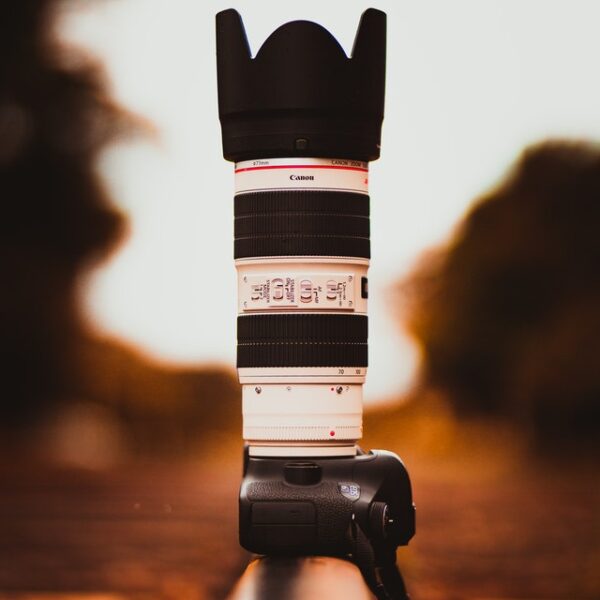The job of the cinematographer/photographer is to transform and translate the writers’ story and the director’s vision into video.He/she must be a master in camerawork technology.
The main distinguishing feature of cinematography is constant action. There is always something going on in the frame, even when nothing seems to be moving. Accordingly, all the cinematic visual (as well as any other, but we will not mention them here so as not to accidentally open any of the boxes of the notorious Pandora) techniques are designed to best present this action. Frame proportions, composition and light do not allow the viewer to linger in any part of the frame more than necessary to perceive the action. The moving image does not allow us to rest. We actively follow what is happening and unnoticeably become participants in the unfolding events. Cinema screen “sucks” us and surrounds us with details – just stretch out your hand. This makes even the most unbelievable things seem, if not real, then quite possible.
In photography this effect of “impossible reality” can be multiplied. The fact is that watching a feature film we understand that we consciously participate in an act of self-deception that ends at the moment when the final credits appear on the screen. We perceive the photographic image differently, believing (often naively) that it is impossible to photograph something that was not in front of the lens. Therefore, non-staged shots in which the action cannot be explained, or seems unbelievable, affect the viewer no less impressively than a similar cinematic scene. Moreover, being able to hold your gaze and return to the photograph again potentially makes the card more memorable than an episode in a movie.
